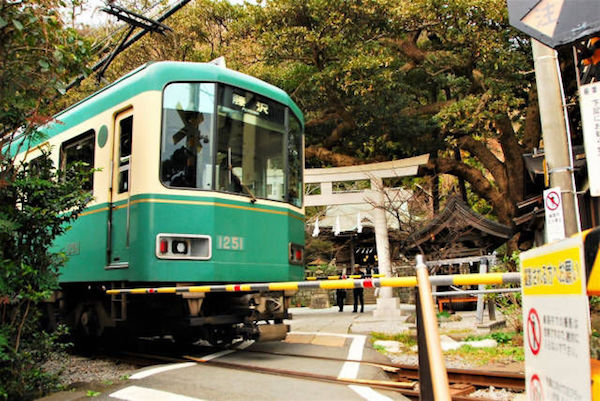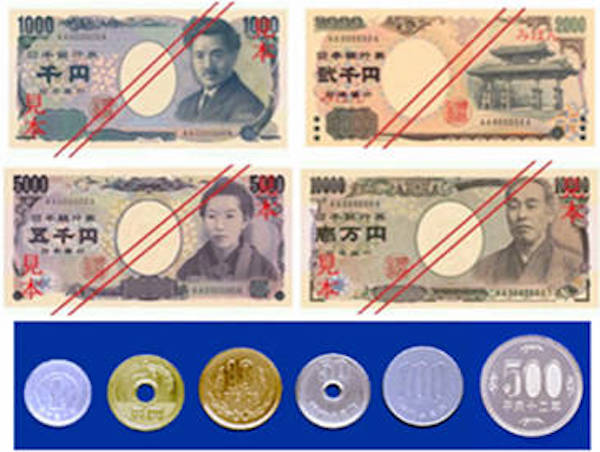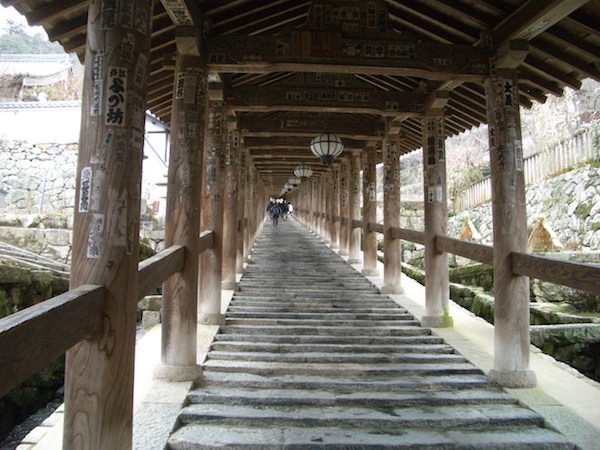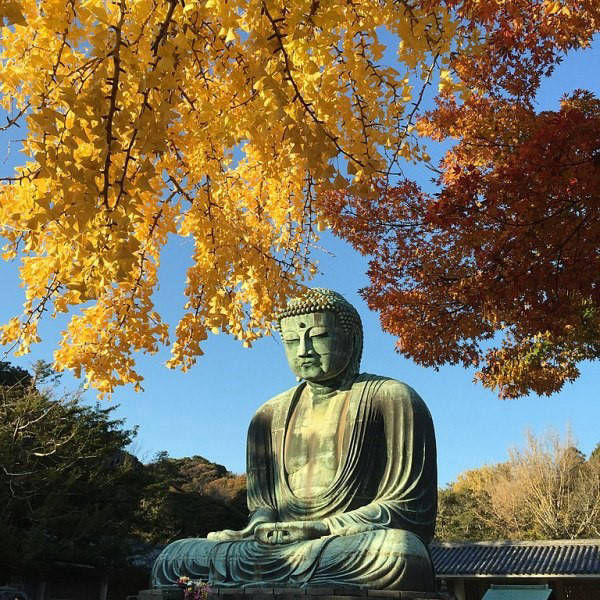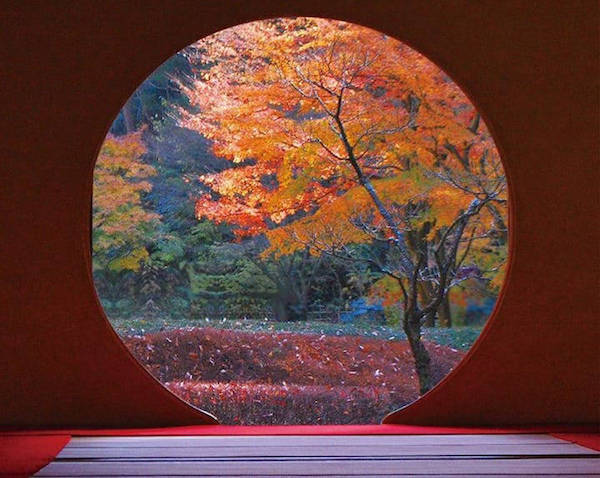Clothing (Important Information)
The conference will be held at Kenchoji Zen temple. Please come in business attire and also be aware that you will be asked to take off your shoes at the entrance of the temple. The weather in Japan in the autumn is mild but it can get chilly due to the windy condition of the coastal city, so please dress in layers and be ready for cool temperatures. We also suggest wearing warm socks while in the temple.

